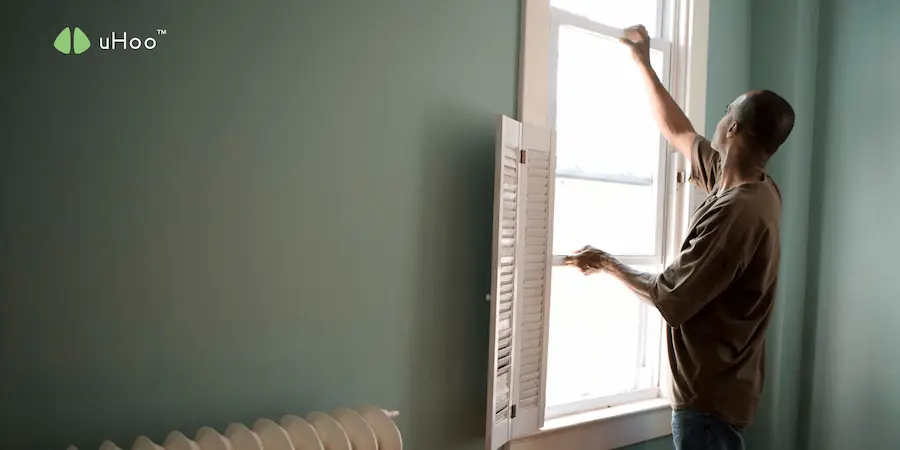We often reach for air purifiers as the ultimate solution to indoor air quality concerns. While they play a vital role in filtering pollutants, they don’t address the fundamental issue of stale air. True health and well-being within your home rely on proper ventilation, a factor far too often overlooked.
The Hidden Dangers of Stagnant Air
Imagine a room sealed shut. Over time, the air within becomes stale, depleted of fresh oxygen, and laden with pollutants. This scenario, while extreme, mirrors the conditions in poorly ventilated homes. The health risks associated with stagnant air are numerous and can significantly impact your well-being.
- Respiratory Distress
- Accumulated dust, mold spores, and volatile organic compounds (VOCs) irritate the respiratory system, exacerbating asthma, allergies, and other respiratory conditions.
- Reduced oxygen levels can lead to shortness of breath and difficulty breathing, especially for individuals with pre-existing respiratory issues.
- Cognitive Impairment
- High levels of carbon dioxide, a byproduct of respiration, can impair cognitive function, leading to headaches, fatigue, and difficulty concentrating.
- Studies suggest that prolonged exposure to poor indoor air quality can negatively impact memory and decision-making.
- Increased Risk of Infections
- Stagnant air provides a breeding ground for bacteria and viruses, increasing the risk of respiratory infections and other illnesses.
- Poor ventilation allows airborne pathogens to linger, increasing the likelihood of transmission.
- Chemical Sensitivities
- VOCs released from cleaning products, furniture, and building materials can trigger chemical sensitivities, leading to headaches, nausea, and other adverse reactions.
- Inadequate ventilation allows these chemicals to accumulate, increasing exposure and risk.
- Moisture-Related Issues
- Poor ventilation traps moisture, creating ideal conditions for mold growth.
- Mold exposure can trigger allergic reactions, respiratory problems, and other health issues.
The Ventilation Solution: Fresh Air is Essential
While air purifiers filter existing air, ventilation replaces stale, polluted air with fresh, clean air from outdoors. This process is crucial for maintaining a healthy indoor environment.
- Natural Ventilation: Opening windows and doors allows for natural airflow, exchanging indoor and outdoor air.
- Mechanical Ventilation: Exhaust fans and whole-house ventilation systems provide controlled and consistent airflow, even during extreme weather conditions.
How uHoo Can Help
Understanding your indoor air quality is the first step towards improvement. uHoo air quality monitors provide real-time data on various parameters, including VOCs, humidity, and particulate matter. By tracking these levels, you can identify ventilation needs and make informed decisions to improve your indoor environment. For example, if your uHoo device detects a spike in VOCs after cleaning, you know it’s time to increase ventilation. This allows for data-driven decisions regarding when and how much ventilation is needed.
Prioritizing ventilation alongside air purification creates a comprehensive approach to indoor air quality. By ensuring a constant supply of fresh air, you can safeguard your health and create a more comfortable and invigorating living space.



